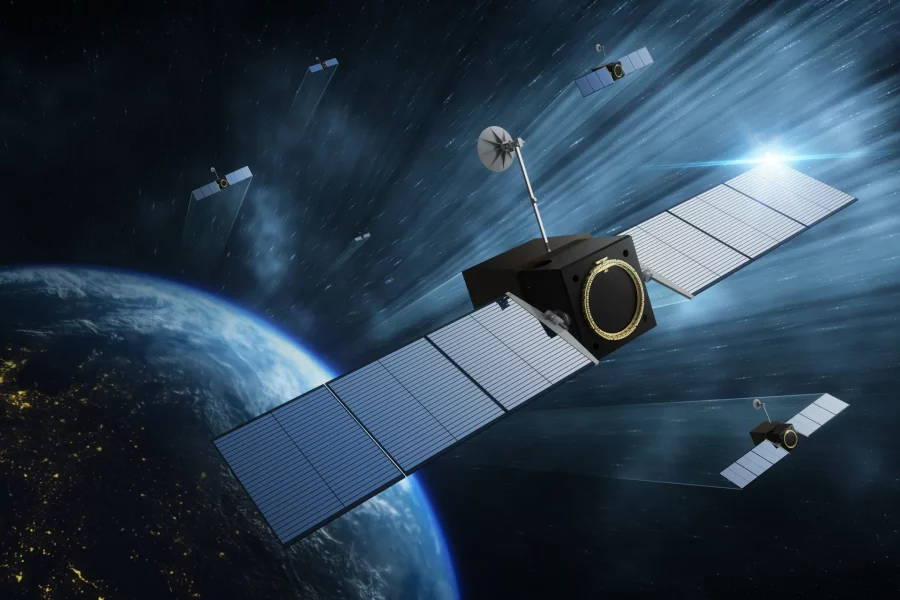The Space Force’s main acquisition arm, Space Systems Command, announced Nov. 27 it has completed the critical design review for six satellites built by Millennium Space Systems that will go in medium-Earth orbit (MEO), clearing the way to start production ahead of a first scheduled launch by late 2026.
The milestone marks a critical step in the Space Force’s plan to put more satellites across different orbits to detect and track high-speed missile threats.
“We are rolling out these capabilities as fast as possible,” Col. Heather Bogstie, senior materiel leader for the SSC Space Sensing Resilient Missile Warning, Missile Tracking, Missile Defense (MW/MT/MD) program, said in a statement. “Once on-orbit, (the SVs) will be instrumental in delivering some of our early missile warning and missile tracking capabilities.”
These six spacecraft are part of the Resilient MW/MT MEO program, which aims to launch new satellites with upgraded capabilities every few years in batches called “Epochs.” Epoch 1, which includes the Millennium birds, will consist of up to nine satellites. The other three are projected to be launched by early 2027.
All told, the service envisions a MW/MT constellation in MEO with a total of 36 satellites. The Epoch 1 satellites will establish operational and communication infrastructure on the ground. They are also expected to act as prototypes for future deliveries of additional SVs.
“We aim to deliver resilient, integrated MW/MT solutions from MEO to counter emerging hypersonic and other missile threats,” said Bogstie.
This practice of rapidly acquiring and fielding new batches of satellites was pioneered by the Space Development Agency and its Proliferated Warfighter Space Architecture in low-Earth orbit.
Plans for the PWSA call for hundreds of small satellites in LEO, including dozens in the “Tracking Layer” for missile warning and tracking.
The Space Force already provides some missile tracking and warning via its Defense Support Program and Space Based Infrared System satellites, most of which are located in geosynchronous orbit, some 22,000 miles from Earth.
Space Systems Command’s MW/MT MEO program aims to cover the “middle ground” of space, deploying satellites in greater numbers than those in geosynchronous orbit but fewer than those in LEO.
Experts and observers have noted the advantages of a multi-orbit approach to missile tracking and warning, saying it will combine the wider coverage of higher orbits with the higher fidelity of lower ones, while providing more resiliency overall.
In a release, SSC noted that it is working in partnership with the Space Development Agency and the Missile Defense Agency, both of which are working on MW/MT capabilities, through its Combined Program Office (CPO).
“We couldn’t do this without the collective efforts with our space industry partners,” said Lt. Col. Nathan Terrazone, materiel leader for the Epoch 1 Space Branch of the SSC Space Sensing Resilient MW/MT/MD program office. “I look forward to moving onto the manufacturing phase of this program.”
